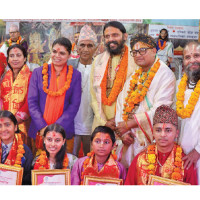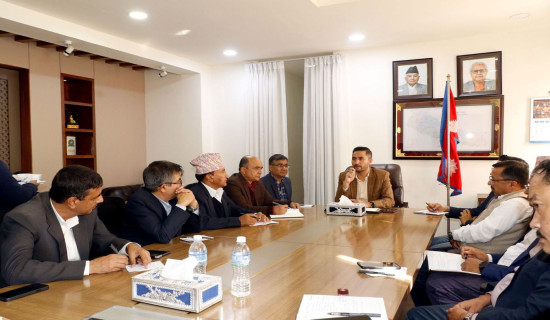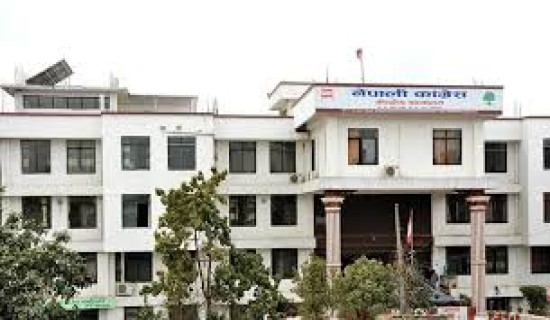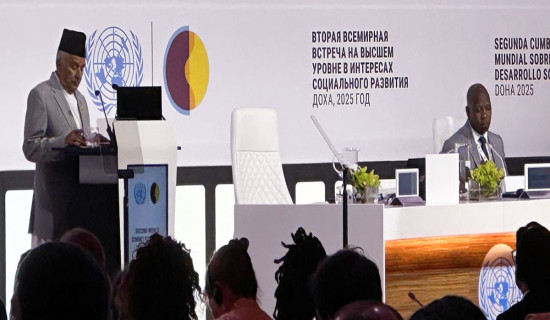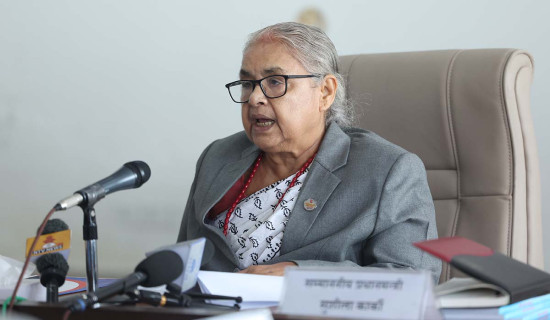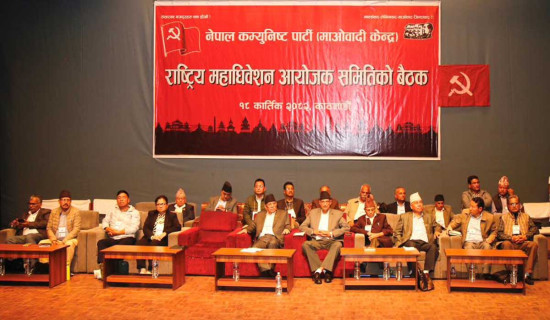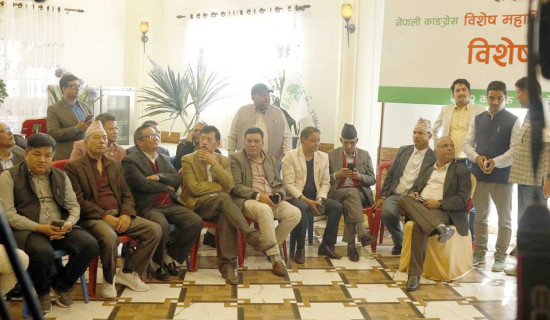- Wednesday, 5 November 2025
Short Take On Mithilanchal Culture
Seigfried Lienhard, professor emeritus of Indology at the University of Stockholm, once said that Dr Ram Dayal Rakesh had all the qualifications necessary for introducing the reader to the culture of Terai, many aspects of which are still unknown. He also called him a prolific writer and editor in Nepali, Maithili, Hindi and English.
Keshab Poudel, the editor of the New Spotlight news magazine, also acknowledged the arduous efforts Dr Rakesh has made over the years to shed light on the often-overlooked facets of Nepali literature with the words: "His representations of the Maithili and Hindi literary traditions in Nepal are as comprehensive as they are cogent."
These are but a few of the numerous praises and accolades that have been heaped on Rakesh and after reading his latest book ‘Salhesh and Other Village Deities,’ it is not hard to see why.
The Vedic gods have a prominent place in the social and cultural life of Nepal and Nepalis. They have been extensively studied and researched and, thanks to the global presence of India, have been promoted around the world. However, the same cannot be said about the indigenous gods – the folk deities, to use Rakesh's terminology. They are an integral part of the communities they are worshipped in and some even pre-date the arrival of Vedic Hinduism in their areas. Yet, they lie under the shadows.
Similarly, the definition of Nepali culture has been monopolised by Kathmandu. The rulers of the past advertised the art, architecture, lifestyle and festivals of the communities living in the capital as the “native Nepal” while overlooking everything and everyone else. In the centralised state of yesterday, the seat of the government was the only thing that got attention.
Through his literary works, Dr Rakesh has tried to change both these things.
With ‘Salhesh and Other Village Deities,’ the writer introduces the readers to Shailesh, the king of the mountains (whose name got corrupted to Salhesh), his brothers Motiram and Budhesar, his sister Banaspato and his niece Karikanha. By doing so, he also familiarises the readers with the caste groups that worship them such as the Dusadh and highlights the cultural significance of spots that, to many, may seem mundane such as Pakdiyagarh. Many people may not even have heard the name of this place located in the Siraha district where Salhesh first worked as a watchman in the palace of the local king.
What the book does best is that it humanises Salhesh. By describing his physical features, his jobs, his family and his virtues, Rakesh firmly separates the legend from the person and brings the god into the human realm. And through this, he, perhaps unintentionally, highlights the caste hypocrisy present in our society.
The Dusadhs are considered 'untouchables' in Madhes. They are shunned, discriminated against and pushed to the margins of society. But because the writer establishes, with facts and references, that God Salhesh came from this community, it shows how absurd our beliefs about the supposed social hierarchy are. On the one hand, we accept a member of a particular group as being superior to us while on the other, refuse to consider the larger group as even equal to us.
A similar double standard is also applied to the pastoral castes of the plains. Lord Krishna, a cowherd, is worshipped and celebrated but the community he belonged to is viewed with contempt. In the hills too, the so-called high castes have no qualms about praying to a god named Bishwokarma but hesitate to let a man with the same name enter their kitchen.
Rakesh, throughout the book, also details other village deities like Shokha, Malang, Bhuiyan Baba, Goraiya and Per Devta to name a few.
This book is short and simple. For people unfamiliar with the cultures and societies of Mithilanchal, this book can serve as an introduction. However, the language leaves a lot to be desired.
There are too many punctuation errors to forgive and the sentence structures are off. The author seems to have written as he thought and it shows. Unfortunately, a published book featuring the name of a writer as prolific as Rakesh reads like a first draft.
'Salhesh and Other Village Deities' would have benefitted greatly from a few months in the editing room. Even the quotes on the book's back cover have grammatical errors and that is just unacceptable from someone of Rakesh's calibre who has set such a high bar for himself with his previous works.
Similarly, had the writer or design team chosen to present the pictures of the unique village gods and goddesses it lists or pictures of the rituals associated with the deities then it would have made the book more interesting and informative for the lay readers.
Rakesh’s passion and love for the culture he is writing about try to shine through but are eclipsed by his lack of attention to linguistic clarity.

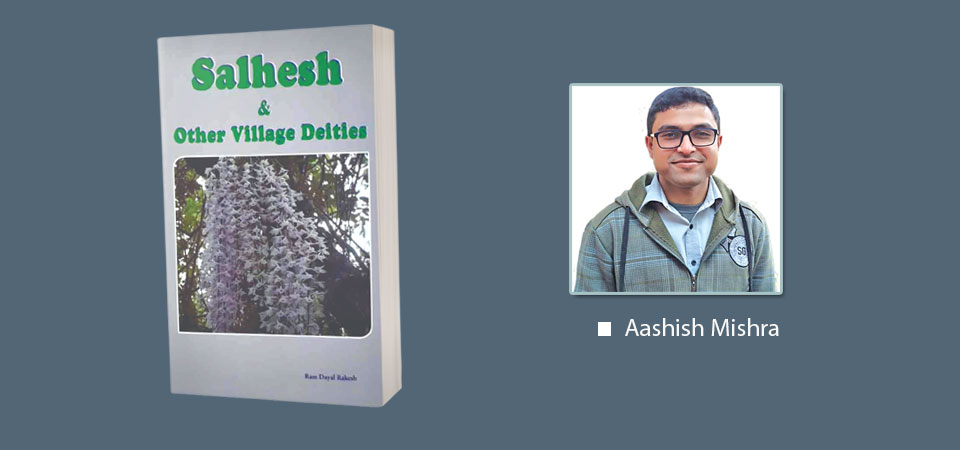
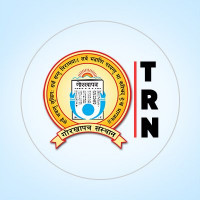
-original-thumb.jpg)
